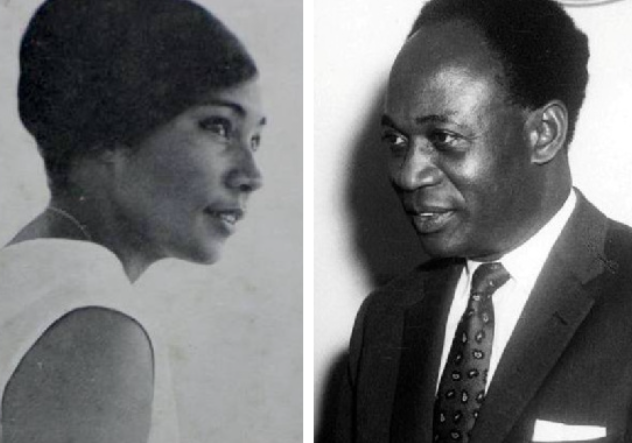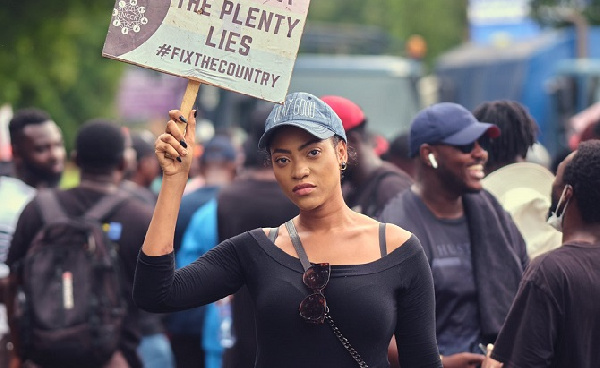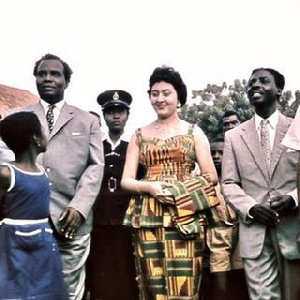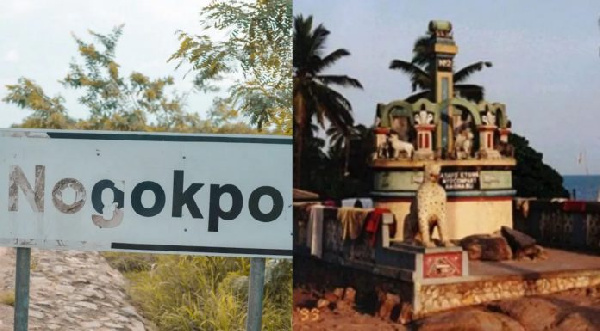GENERAL NEWS
Today in History: How Kwame Nkrumah died in Bucharest in 1972
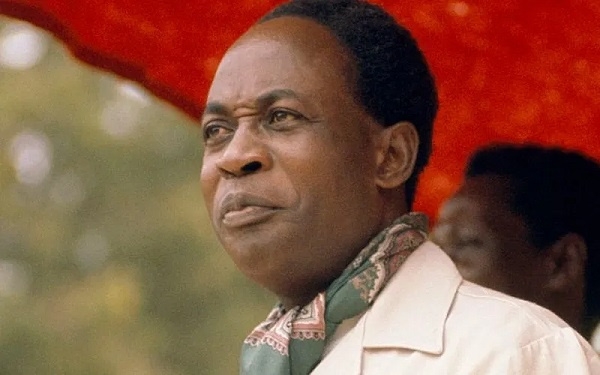
On April 27, 1972, exactly 52 years ago, Kwame Nkrumah, Ghana’s first president, who led the Big Six to gain independence for the nation, died in Bucharest.
He, the pan-Africanist, played a pivotal role in the formation and development of the African Union (A.U.).
Kwame Nkrumah died in Bucharest, Romania, after six years in exile in Guinea, far away from his birthplace of Nkroful, at the age of 62.
Kwame Nkrumah played a pivotal role in the formation of the African Union (A.U.), previously called the Organization of African Unity (O.A.U.), and led his country to independence in 1957.
Kwame Nkrumah was unconstitutionally ousted from office through a military coup. The Coup was launched by the National Liberation Council (NLC) with the code name “Operation Cold Chop” on February 24, 1966, while he was in Peking (today’s Beijing) en route to the Vietnamese capital, Hanoi, with plans to end the American war in Vietnam.
Kwame Nkrumah arrived in Conakry, Guinea, after being invited by Sekou Toure just after the military coup that unconstitutionally ousted his government from power.
He is said to have died of cancer.
His death, of cancer, was announced by President Sekou Toure of Guinea, one of the militant nationalist’s closest friends. Mr. Nkrumah had been living in Guinea since his overthrow in a military coup in 1966.
Several African Heads of State and the representatives of 25 other countries paid their last tributes to Ghana’s former President, Dr. Kwame Nkrumah, on Saturday, May 13, 1972, after a funeral ceremony in Conakry, the Guinean capital.
Also represented at the funeral ceremony was Ghana’s new ruling military body, the National Redemption Council. But in Accra, there was no word of when Dr. Nkrumah’s body would be flown back for burial, and there were some misgivings that it would not be returned by the Guineans.
The return of his body to Ghana followed lengthy negotiations between Ghana’s military rulers and the government of Guinea. Dr. Kwame Nkrumah was buried in his hometown of Nkroful, on July 9, 1972. While the tomb still remains in Nkroful, his remains were transferred to a large national memorial tomb and park in Accra, Ghana.
Today, the place is known as Kwame Nkrumah Memorial Park and Mausoleum and has become a tourist destination for Ghanaians and those in the Diaspora.
The idea of erecting a monument in honour of Nkrumah dates back to 1972 when the African Students Union sent a memorandum asking the Government of Guinea, then under President Sekou Toure, to send the mortal remains of the Ghanaian leader to Ghana only if the military leaders at that time denounced coup d’état and re-erected the statue of Nkrumah, which was destroyed during the 1966 coup.
Although the remains were later returned to Nkroful, his birthplace, it was not until 1992 that the image of Nkrumah was restored on the Old Polo Grounds, during which the erstwhile Provisional National Defence Council (PNDC) decided to build the Kwame Nkrumah Memorial Park and Mausoleum.
Source: www.ghanaweb.com
-

 Lifestyle1 month ago
Lifestyle1 month agoRoad Safety Authority narrates how buttocks causes road accident
-

 GENERAL NEWS2 months ago
GENERAL NEWS2 months agoWhy 15 police officers stormed Owusu Bempah’s church – Kumchacha narrates
-
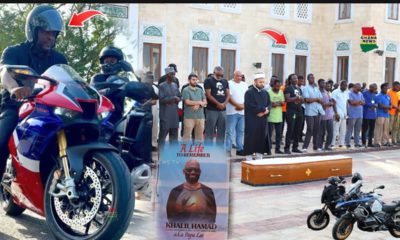
 GENERAL NEWS1 month ago
GENERAL NEWS1 month agoWatch how Ibrahim Mahama rode Honda superbike to pay last respects to late friend
-
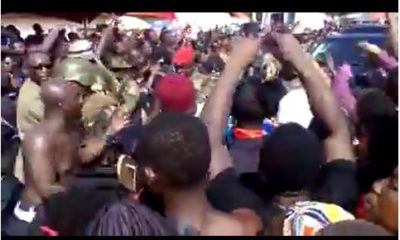
 GENERAL NEWS2 months ago
GENERAL NEWS2 months agoHow Offinso residents storm destooled queen mother’s house, demand for new chief
-

 South Africa News2 months ago
South Africa News2 months agoWoman thrown out of a speeding taxi while on her way to work
-

 GENERAL NEWS4 weeks ago
GENERAL NEWS4 weeks agoDeadly clash between youth and navy personnel results in two deaths at Tema Manhean
-

 SHOWBIZ KONKONSAH4 weeks ago
SHOWBIZ KONKONSAH4 weeks agoJunior Pope’s Death: Video of John Dumelo refusing to join canoe for movie shoot over safety concerns resurfaces
-
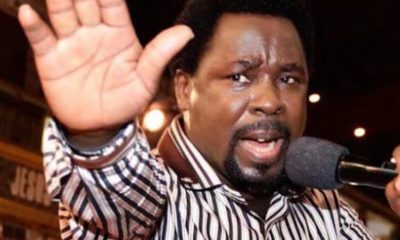
 News Africa2 months ago
News Africa2 months ago‘Satanically dubious’ – SCOAN releases statement on BBC’s report about TB Joshua, church

